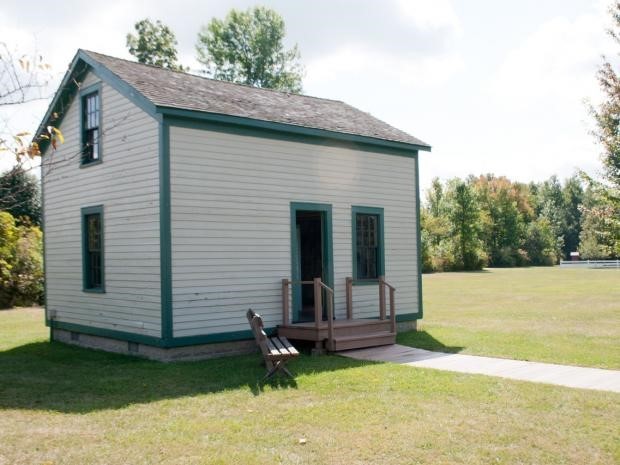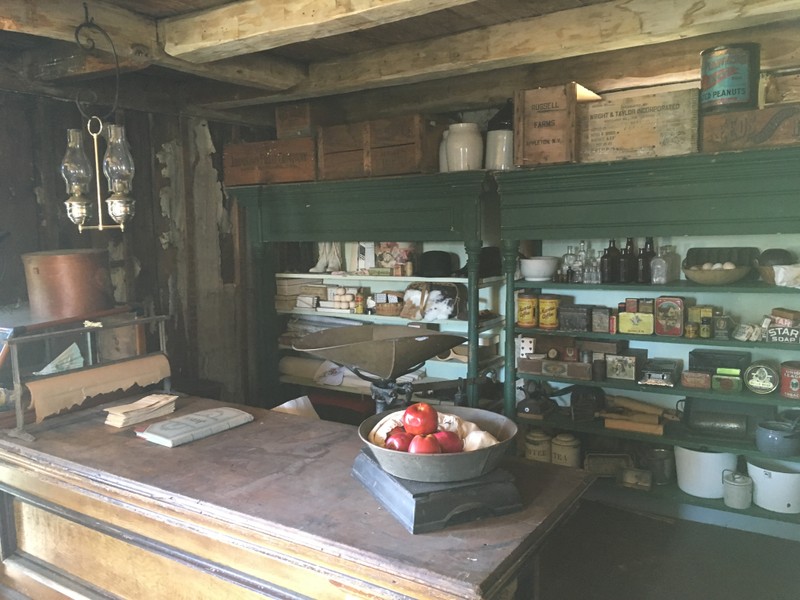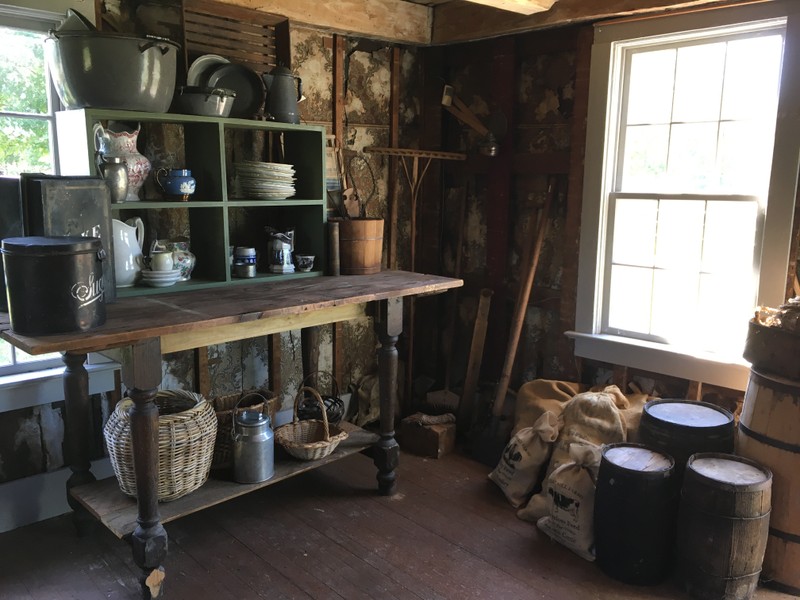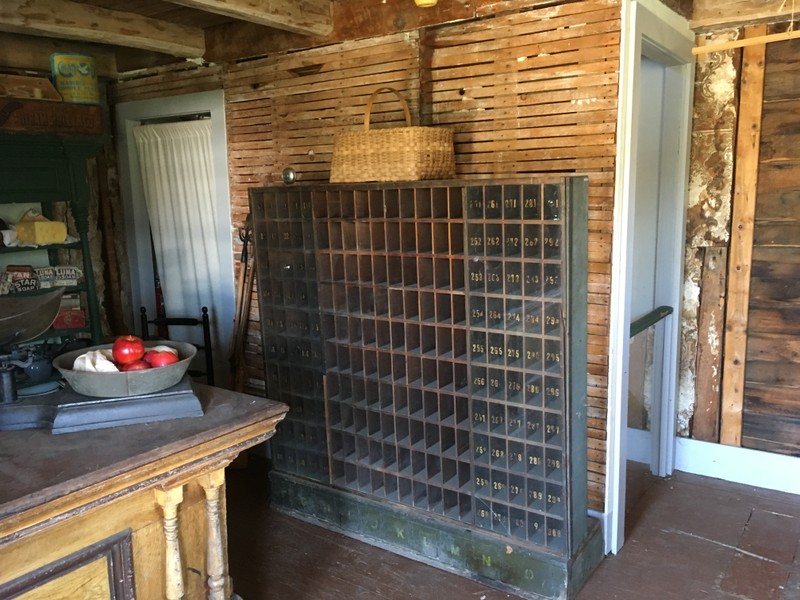General Store
Introduction
Text-to-speech Audio
Images
General Store

General Store

General Store

General Store

General Store

Backstory and Context
Text-to-speech Audio
Life for early settlers in Western New York was very difficult. They would have to grow their own food, make their own clothing, and carve their own household items. With the opening of the Erie Canal in 1825, life became a bit easier. The Erie Canal made it easier to transport goods from one town to another and many small communities developed in the canal's wake. Many of the towns in Western New York are examples of these small communities which appeared after the Erie Canal was opened.
The General Store was the center of the community. Once a store was established, it would help the community grow by attracting other tradespeople to the area. Printers, Blacksmiths, cabinetmakers, and potters would set up their workshops near the general store creating a main street. It then would not take long for this small community to become a town with a schoolhouse, church, and homes.
The General Store most importantly provided farmers and townspeople with goods that they could not make or grow on their own. But, it also served as a meeting place where townspeople gathered to meet and socialize, and provided small communities with exciting new services like newspapers from the city and postal service. Since many local farmers had very little cash, they would usually barter for the products that they needed. They would trade their eggs, butter, and crafts for the metal tools, lamp oil, and sugar that they needed.
Items typically carried in the General Store included:
HOUSEHOLD ITEMS: blankets, washboards, coffee grinders, dishes, candle, candle holders, glass jars, pots and pans, brooms
GROCERIES:
Imported -coffee, tea, brown sugar, spices, molasses, rice, raisins
Locally Grown – dairy products, fruits and vegetables, dried-smoked-salted meat
CHILDREN’S ITEMS: Jars of candy, sticks of candy, licorice, toys, dolls, marbles, balls
DRY GOODS: bolts of cloth, thread, lace, ribbon, buttons, needles, pins, patterns, dyes, overalls, leather gloves, boots, shoes, hats, bonnets, knitted items and other clothing
HARDWARE: nails, hoes, hammers, shovels, axes, window glass, animal traps, guns, ammunition
OTHER ITEMS: clocks, pipes, tobacco, books, paper, pens and ink, lanterns, lamps and kerosene
LARGE ITEMS: farm equipment, lumber, stoves, sewing machines
Sources
Kalman, Bobbie. Historic Communities The General Store. New York. Crabtree Publishing Company, 1997.
Buffalo Niagara Heritage Village
Historic Communities: The General Store
Buffalo Niagara Heritage Village
Buffalo Niagara Heritage Village
Buffalo Niagara Heritage Village
